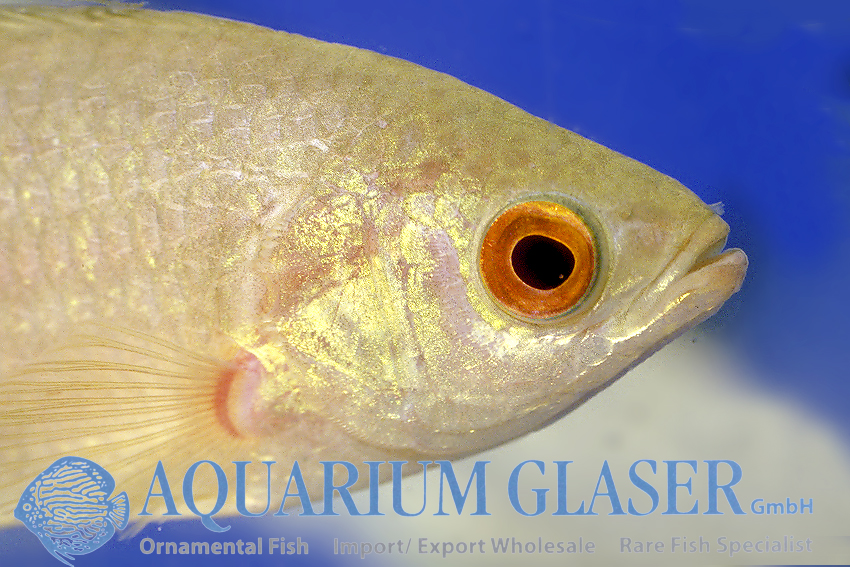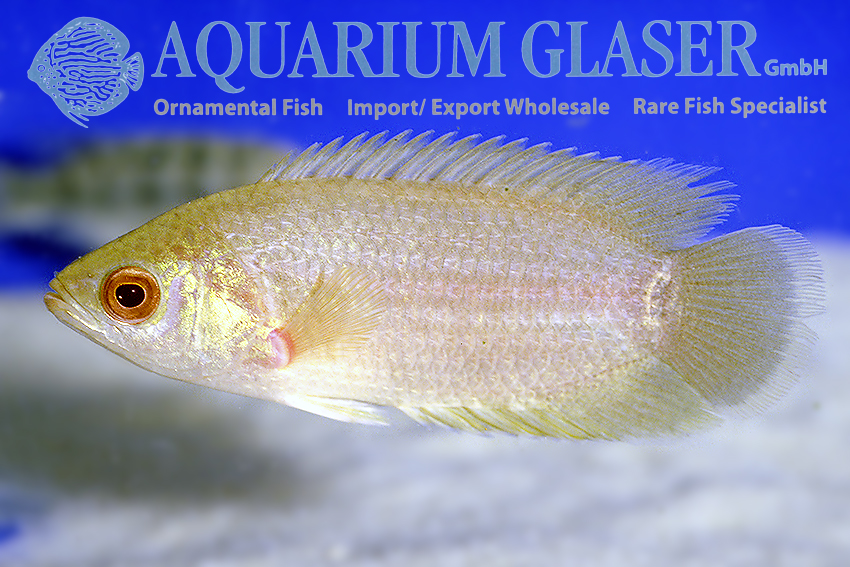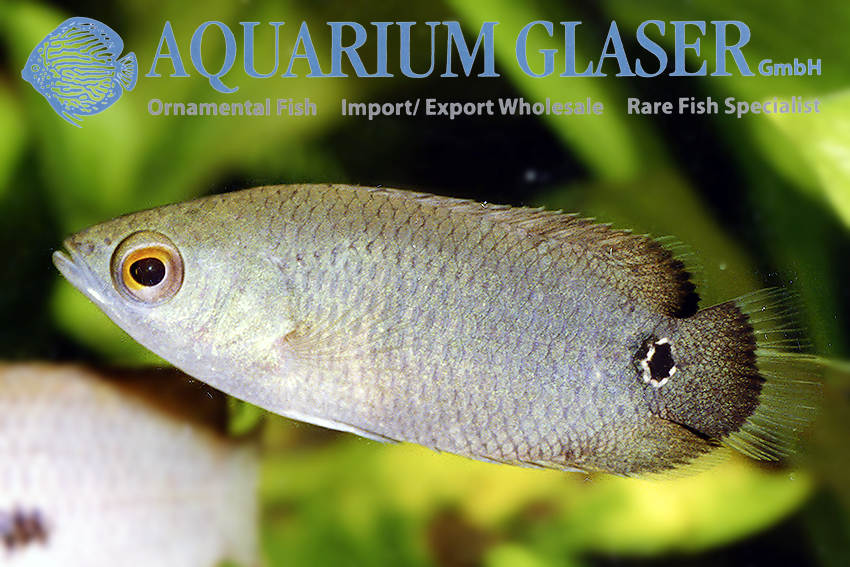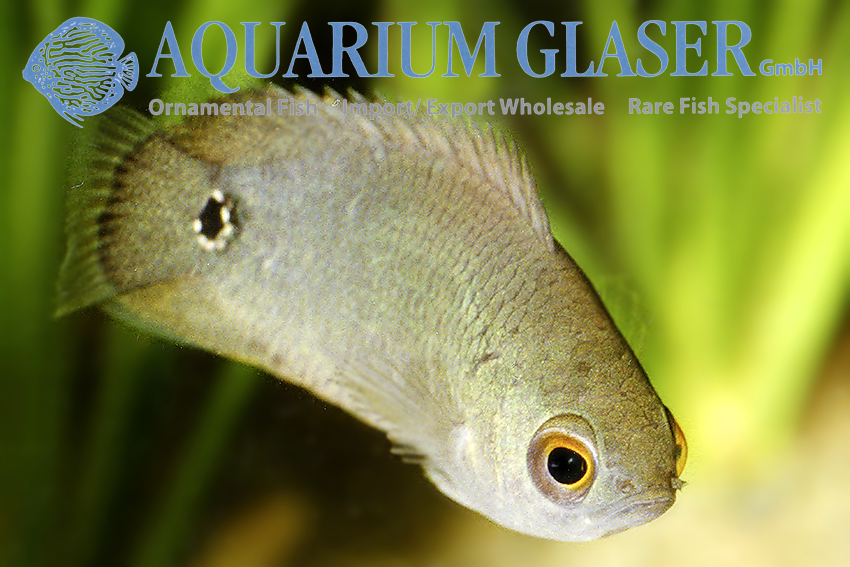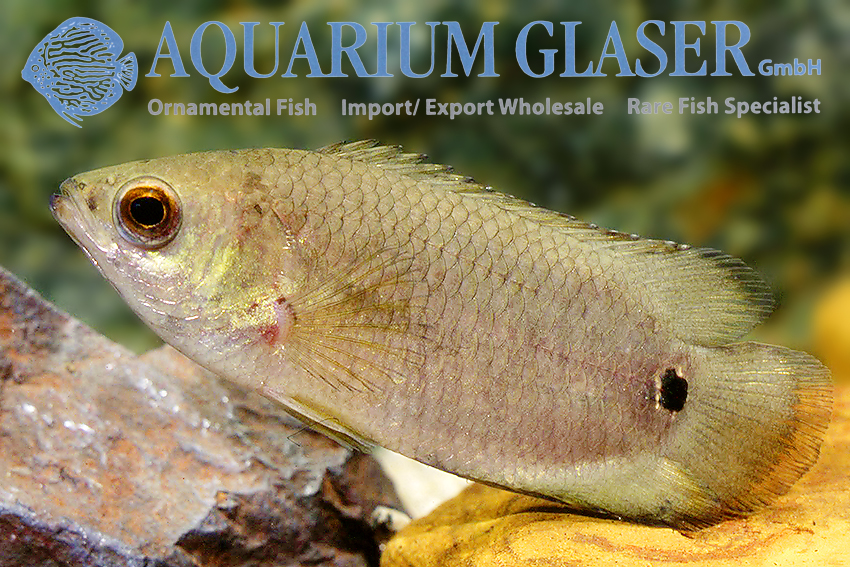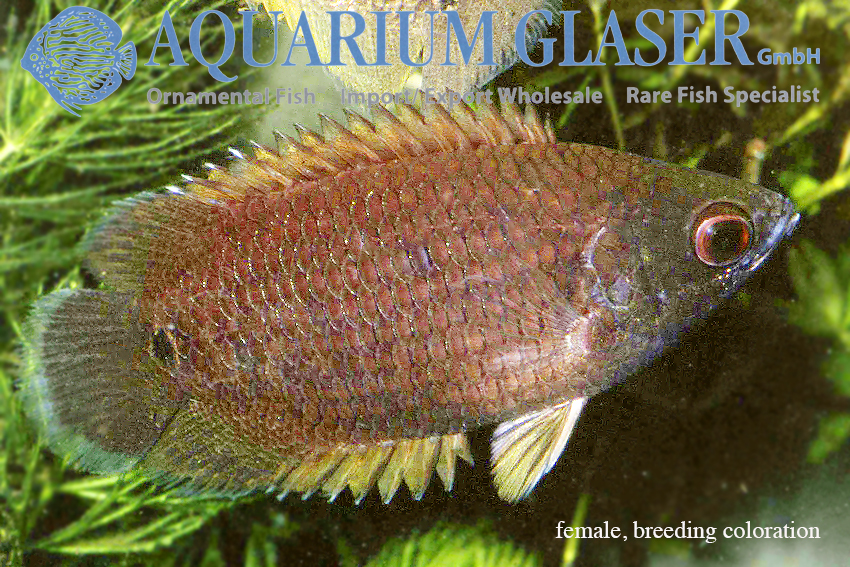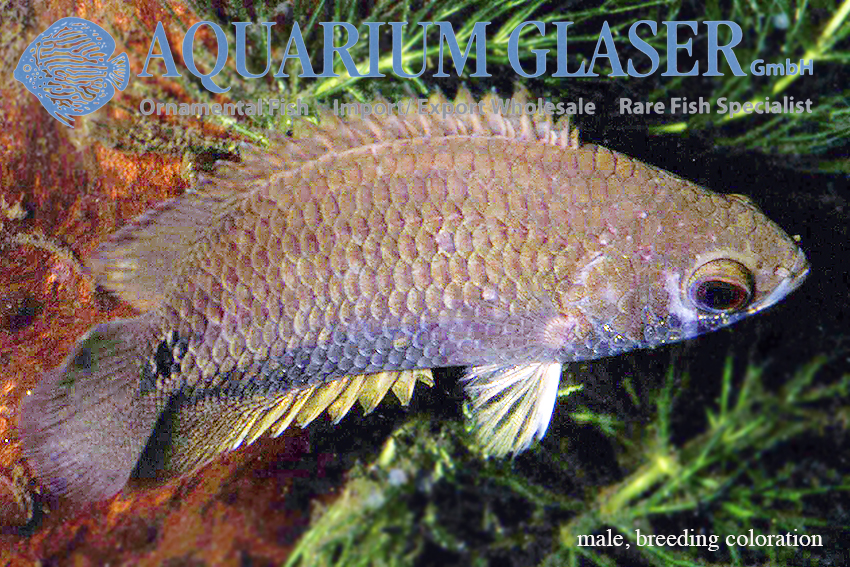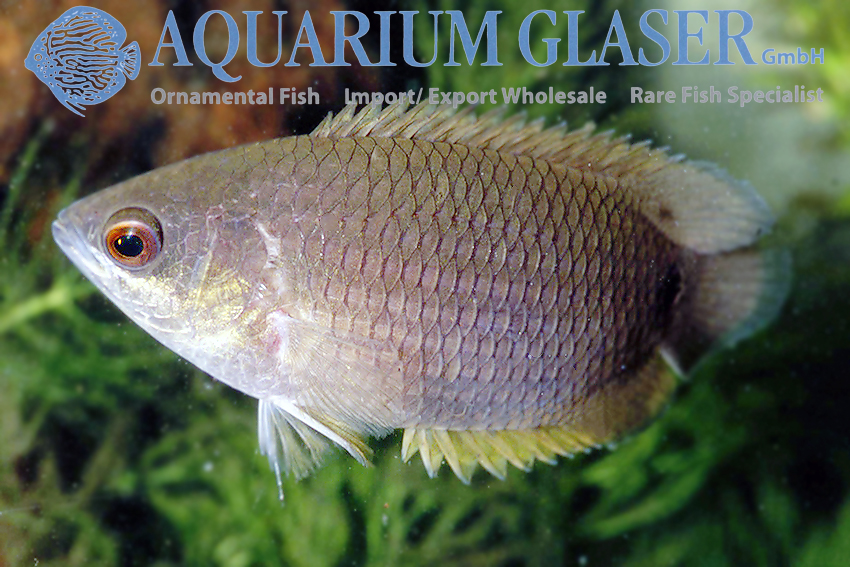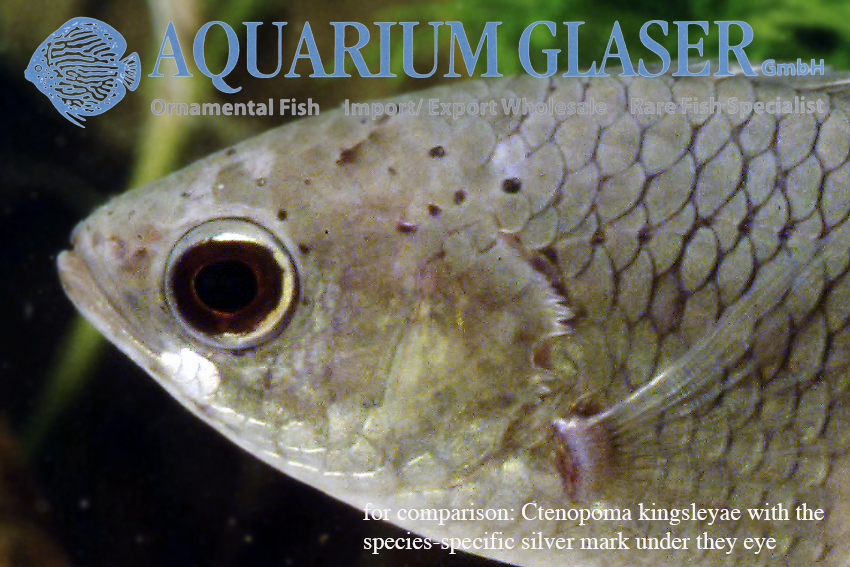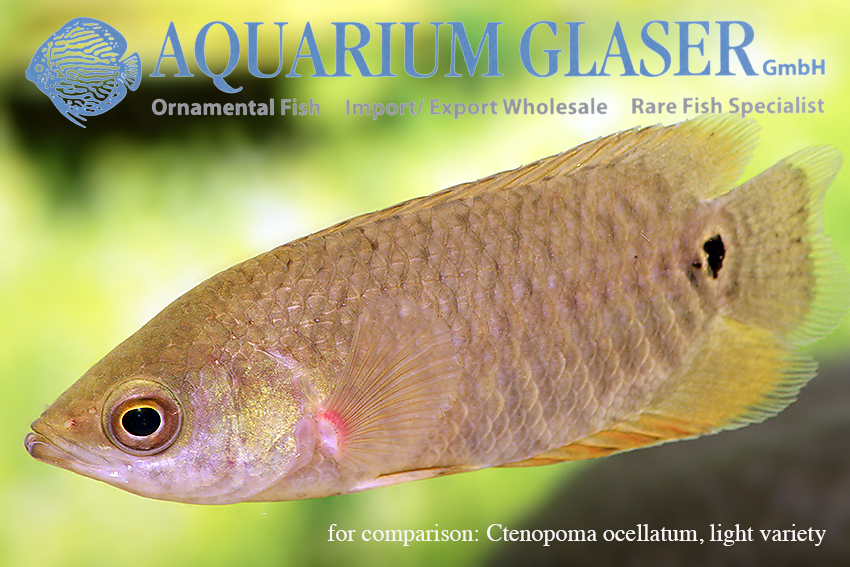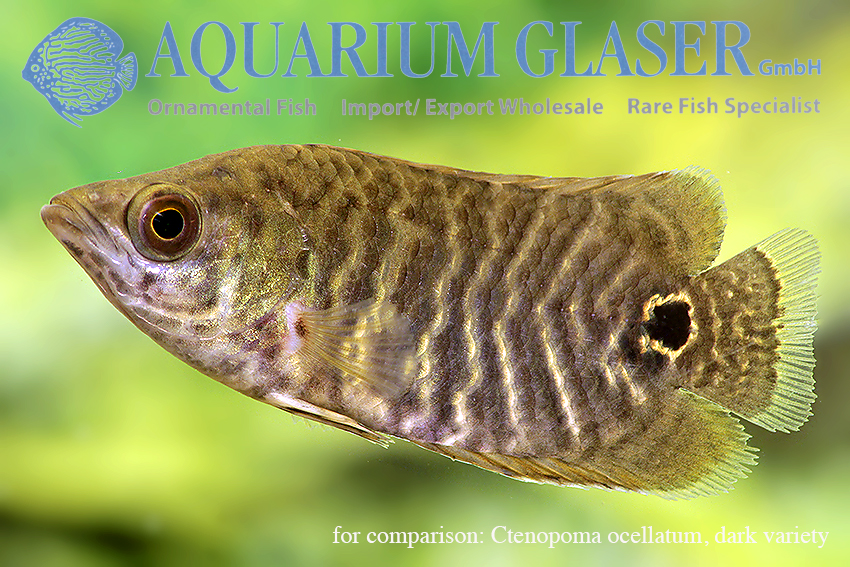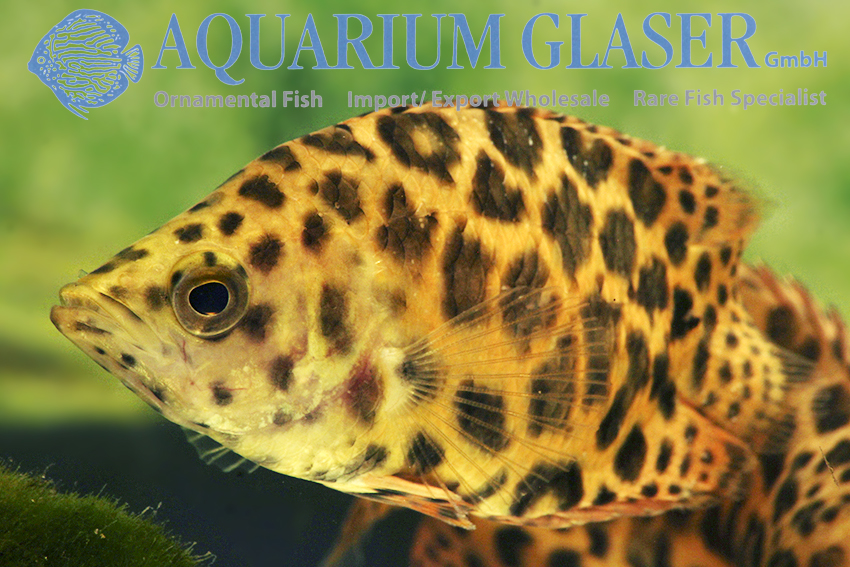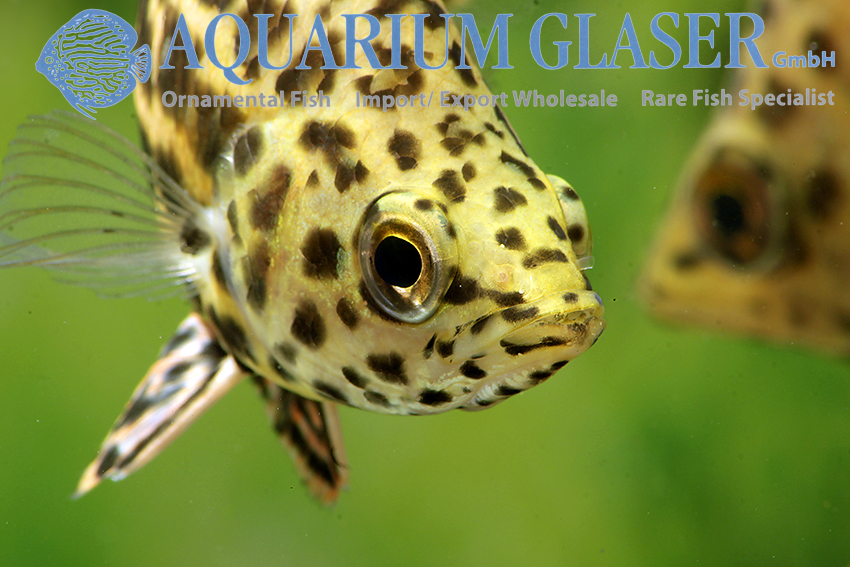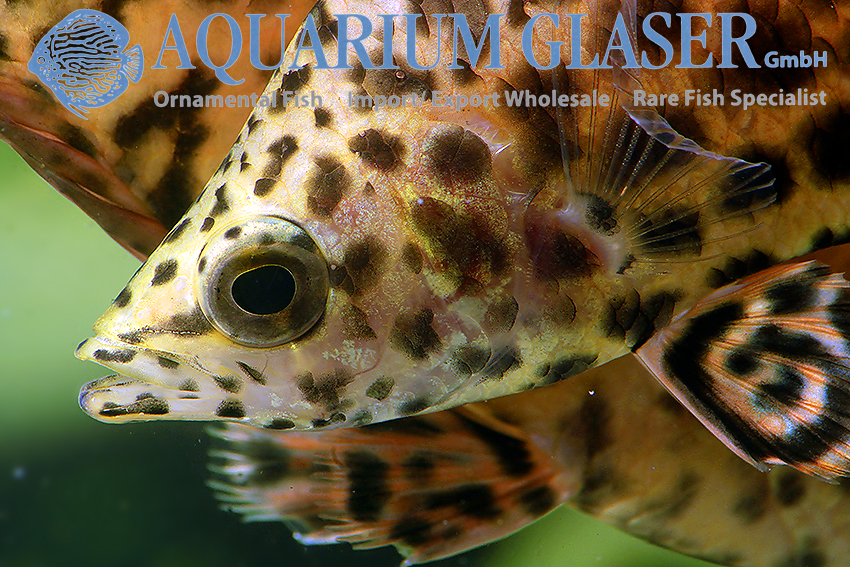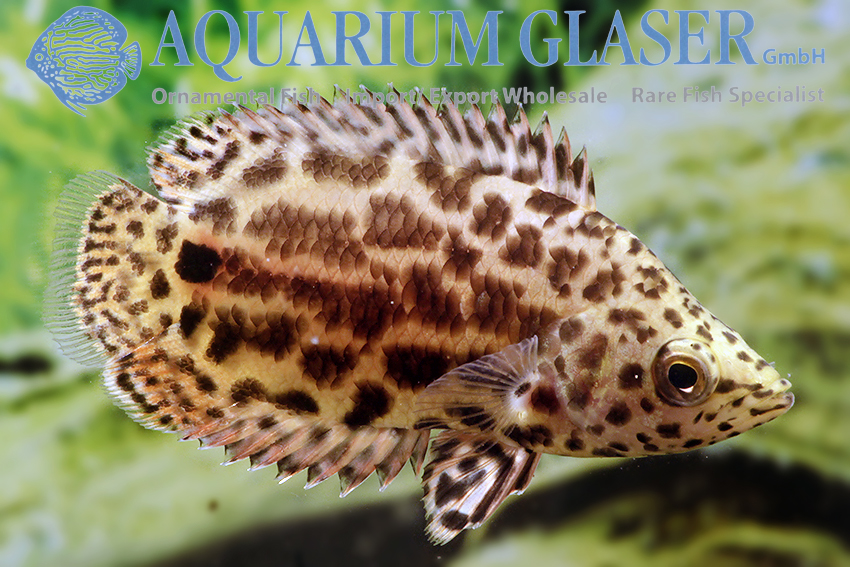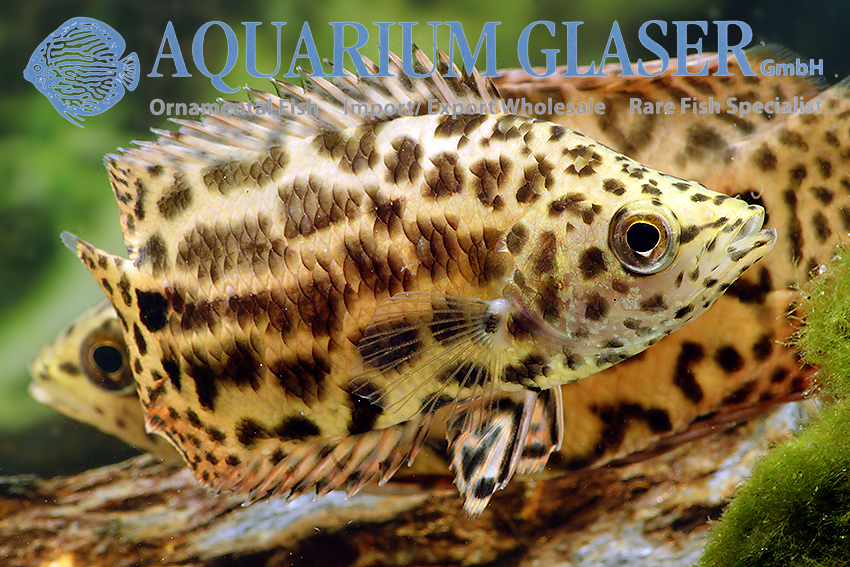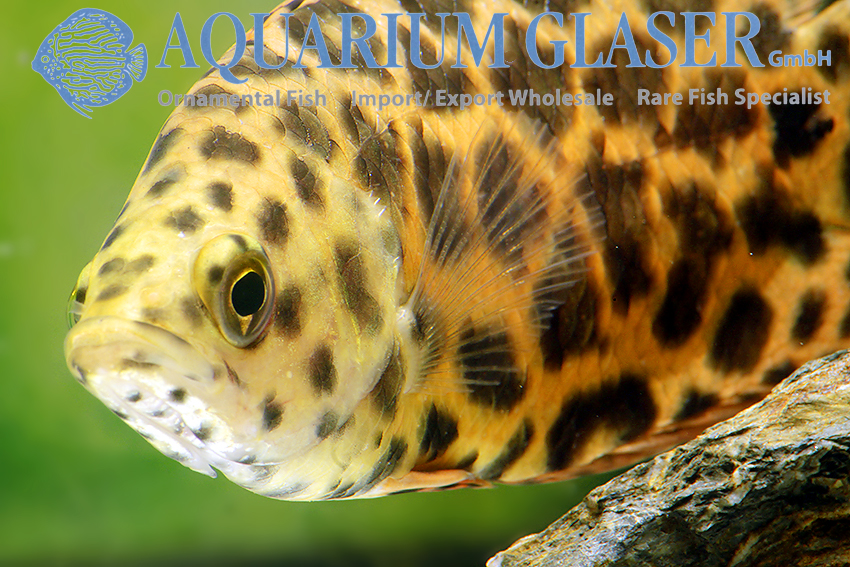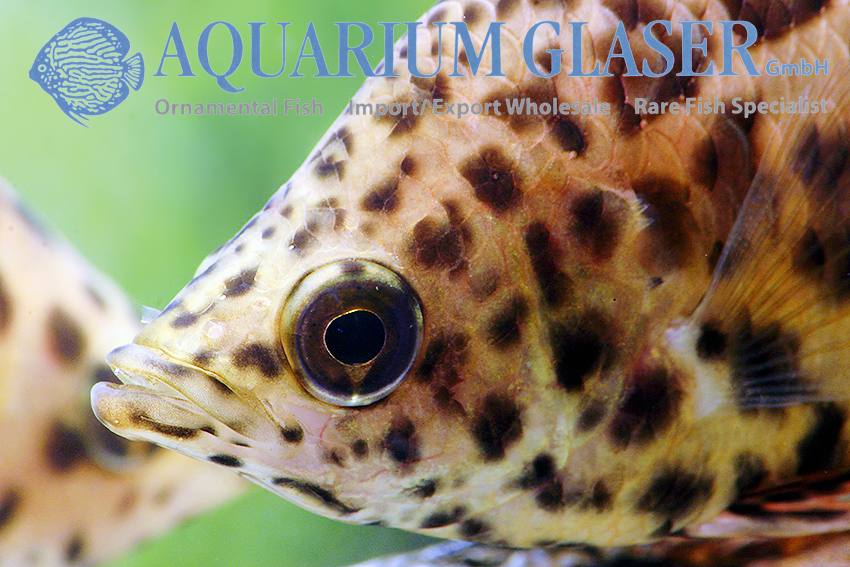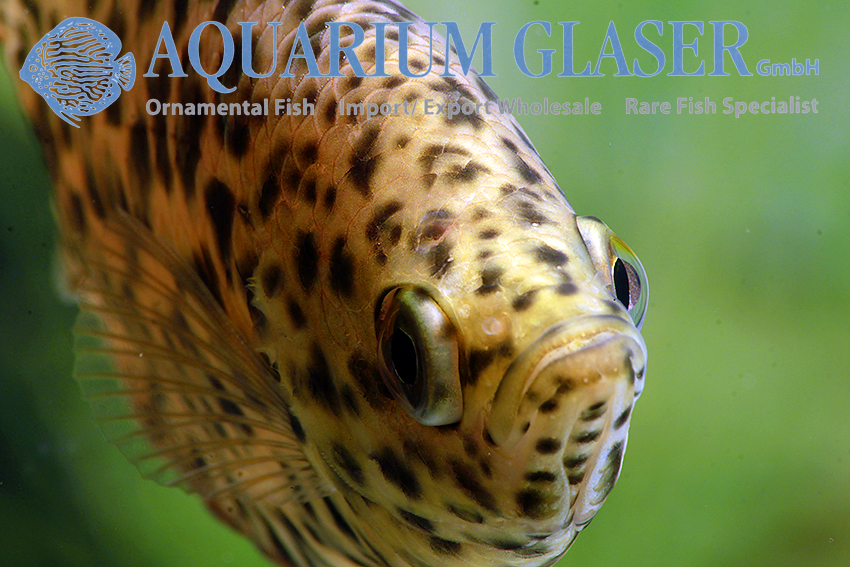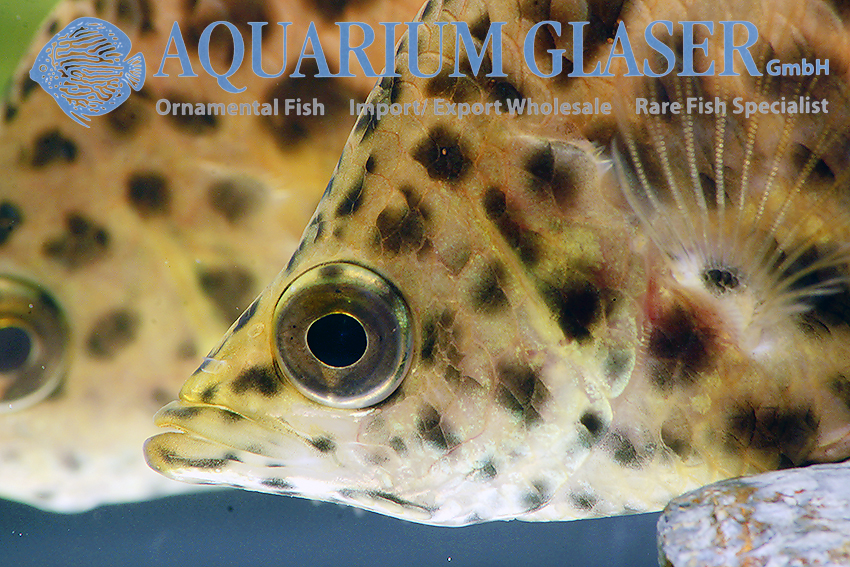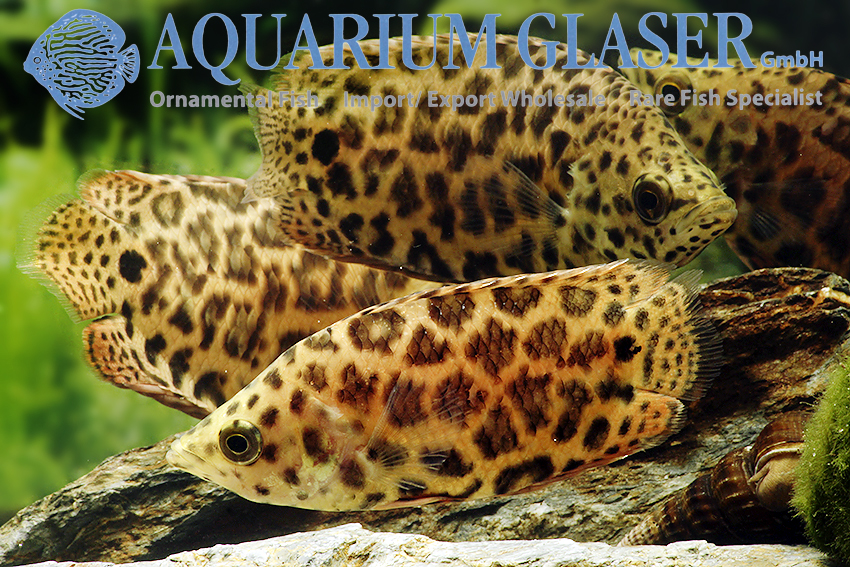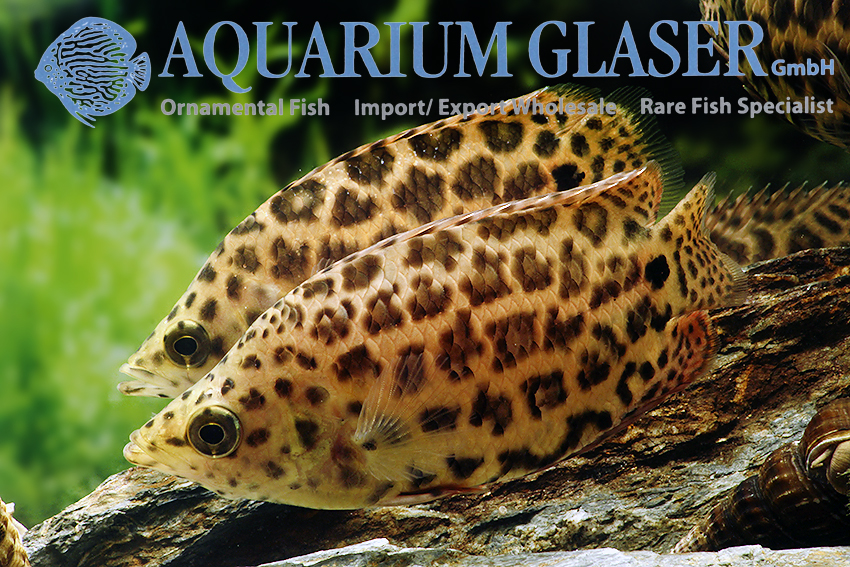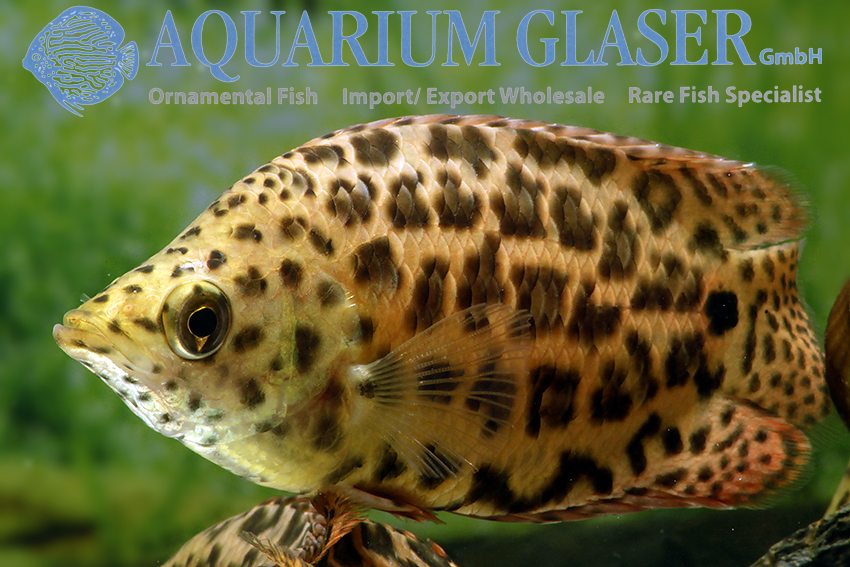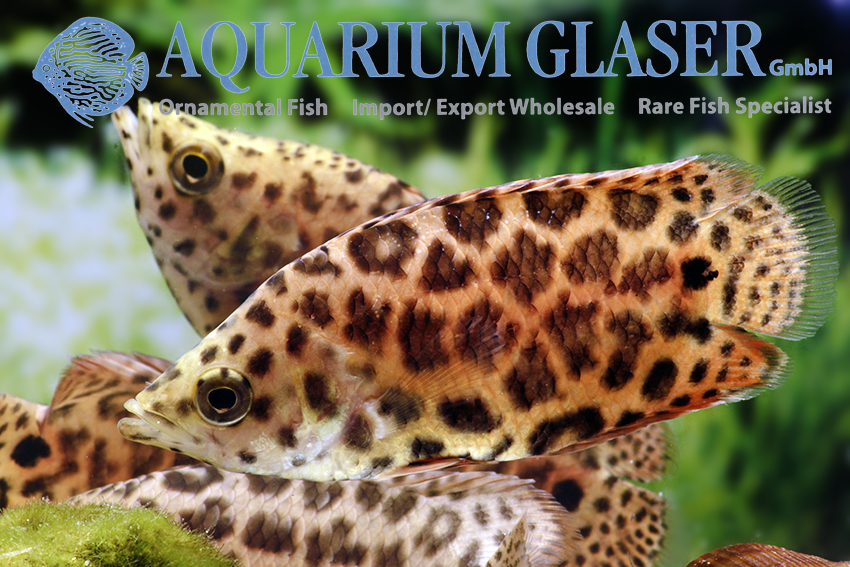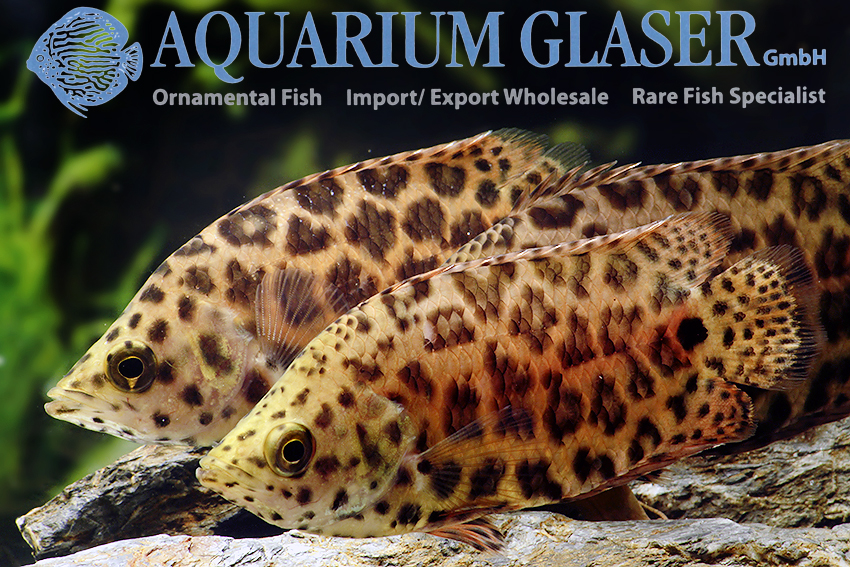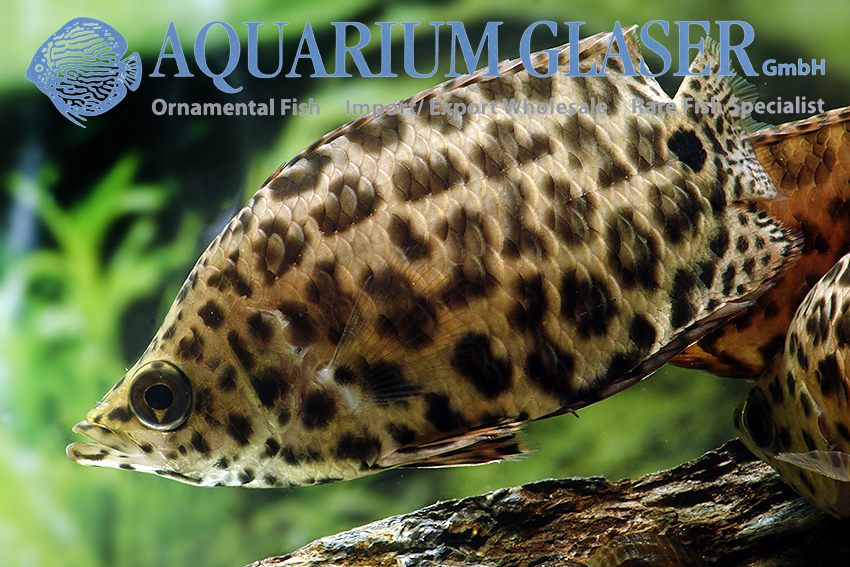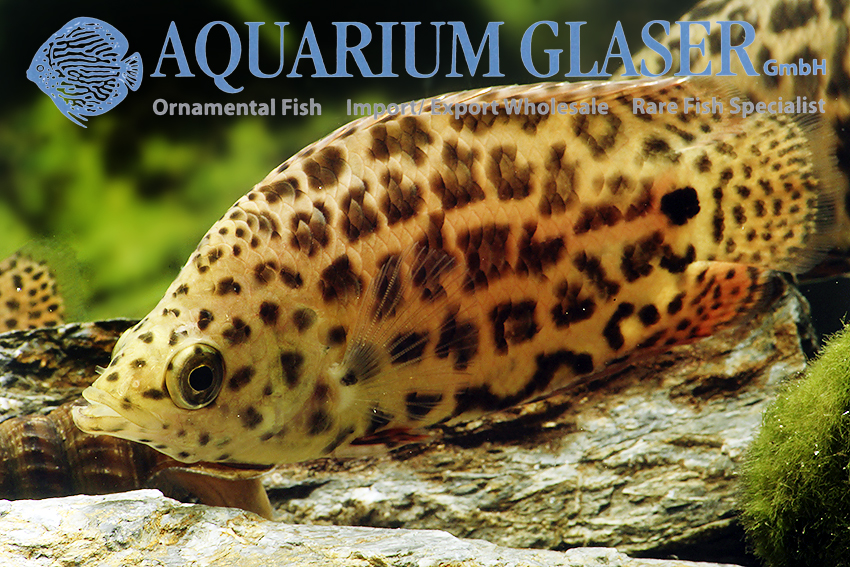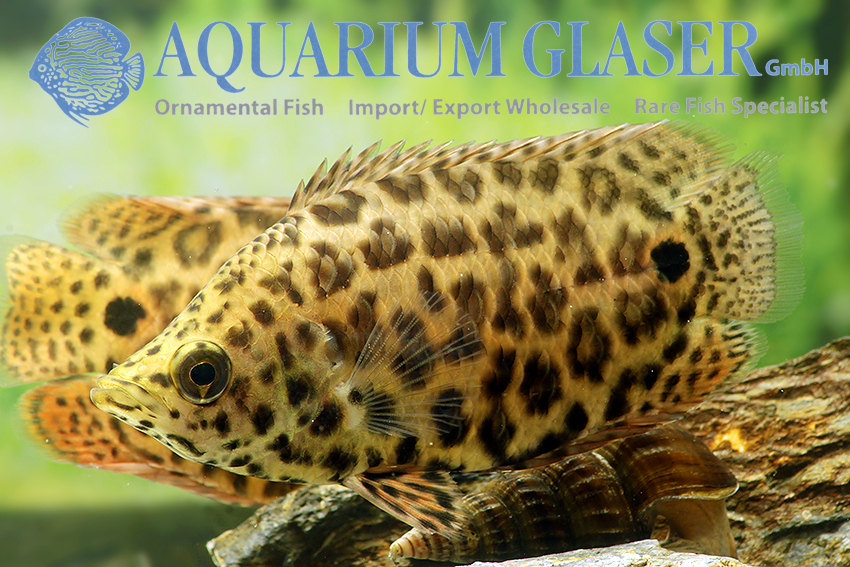Why should one keep grey fish? Some may ask themselves this question when looking at the pictures of this bushfish from the Congo. The answer is: the urge to explore! Unfortunately, many animal and plant species die out every day. Also many freshwater fish are strongly threatened by environmental changes – other factors such as catch or diseases play according to all available research results no appreciable role in this drama. The recording of species diversity, biodiversity, is the first and most important step in stopping the extinction of species, because you can only protect what you know.
The “Grey Ocellatum”, as the Labyrinth fish lovers call this species, is a good example of knowledge gained through aquaristics. This species was described in 1938 using a single specimen from the Congo under the name Anabas breviventralis. With regard to body proportions, fin ray numbers, scale formula, etc., many bushfish species cannot be reliably distinguished from each other. Therefore, one can do little with in alcohol preserved, old and discolored specimens in this regard. And so Ctenopoma breviventrale (the species name, breviventralis, is an adjective and must be adapted in sex to the genus name if the species is grouped into a new genus; Anabas is masculine, therefore breviventralis, Ctenopoma neutrum, therefore breviventrale) is today synonymous with C. kingsleyae, the Tailspot bushfish, to many scientists who have never seen the living animals. However, C. kingsleyae has never been imported alive from the Congo, and all animals sent from there as C. kingsleyae have always been “Grey Ocellatum”. The “Grey Ocellatum” differs from C. kingsleyae certainly and simply in that only C. kingsleyae has a conspicuously enlarged silver scales below the eye.
The “Grey Ocellatum” undoubtedly differs from the “real” Ctenopoma ocellatum which occurs together with it by the complete absence of vertical bands. Due to the follow-up study of the type specimen of Anabas breviventralis carried out by the author of these lines himself in the Natural History Museum of Paris, there are currently no serious doubts that the “Grey Ocellatum” from the Congo is actually the species Ctenopoma breviventrale.
The Grey Ocellatum belongs to the smaller bushfish species that do not care for their spawn. The largest specimen we have seen so far was less than 10 cm long. However, the fish matures earlier, with a length of about 5-6 cm, as you can easily see from the spiny field behind the eye, which the males develop when they reach sexual maturity. C. breviventrale is peaceful opposite conspecifics and fish, that do not serve as feed, plants are not bothered and the chemical water-composition is irrelevant for the care. The water temperature should be 24-28°C.
For our customers: the animals have code 115553 on our stocklist. Please note that we only supply wholesalers. Only a few specimens available!
Text & photos: Frank Schäfer





